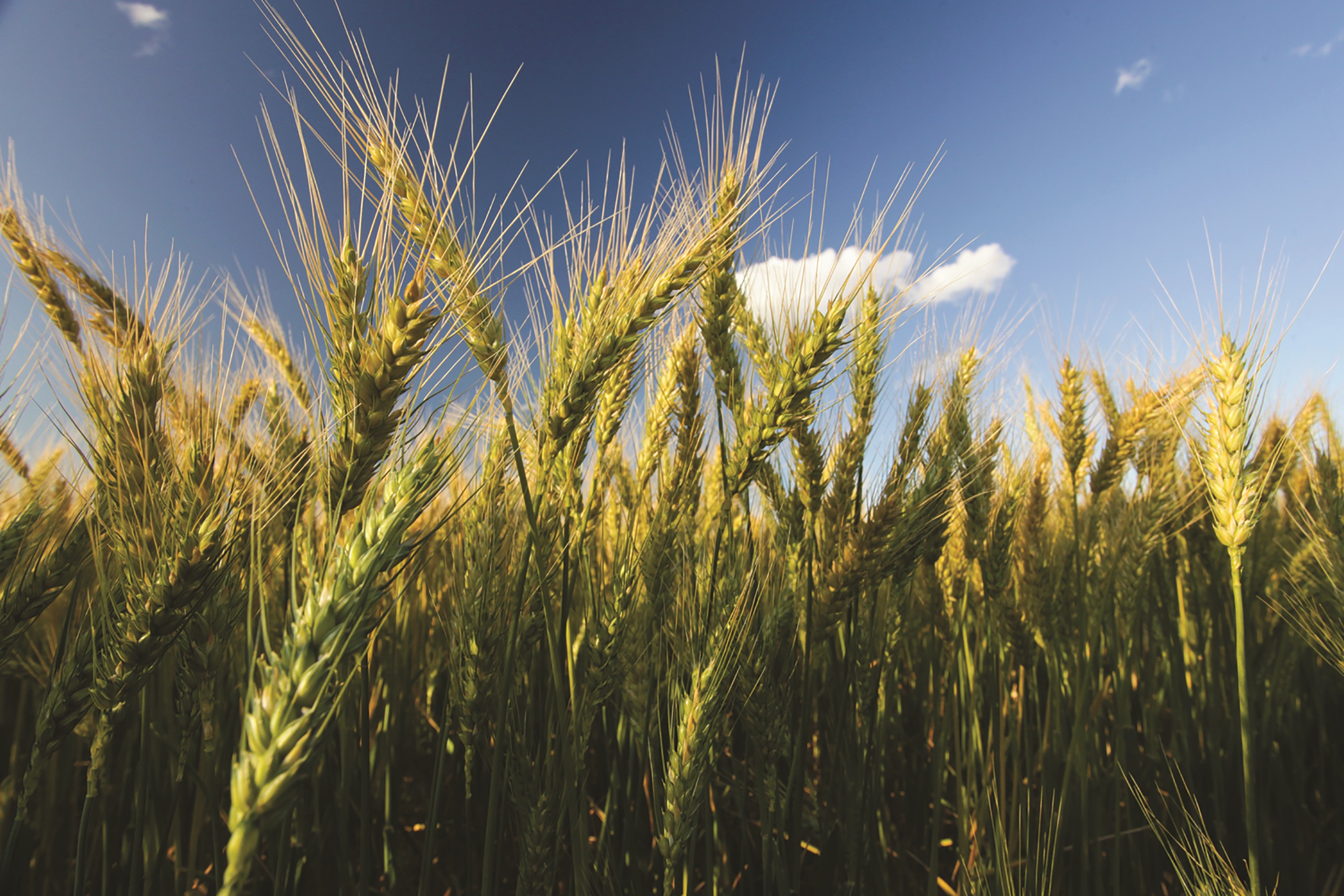Imagine you’re an instant noodle lover living in the hustle and bustle of Jakarta, Indonesia. Like many of your friends and family, you love instant noodles, but you’re increasingly aware that it’s not the healthiest food to be eating every day.
One day while browsing the supermarket, a new product catches your eye; it’s your favourite instant noodle brand, but it’s a new version that says “good source of protein” on the label. Will you choose the healthier version or the original recipe?
With consumers across Asia increasingly interested in health and wellbeing, instant noodles are just one of the possible foods that could benefit from AEGIC’s technical solutions focused on expanding the use of Australian pulses as a source of plant protein. The plant protein market in Australia is estimated to be valued at $3.2 billion by 2030, and this market is growing rapidly across Asia.
Faba beans, yellow peas, red lentils and mung beans are among the pulses we are studying for their potential to be processed into protein ingredients. Protein concentrates can be used in protein powders, plant-based meats, breads, noodles, animal feed pellets and many other products.
Thanks to a significant infrastructure investment from GRDC, we have established a new pilot pulse protein processing plant, including a state-of-the-art dry fractionation unit, a laser particle sizer, and a protein analyser. The new equipment supports the dry fractionation of pulse protein, which is more energy and water efficient than wet processing methods.



Images: AEGIC’s dry fractionation unit, laser particle sizer, and protein analyser, made possible by GRDC
Our analysis has demonstrated that instant noodle nutrition and protein quality is significantly improved by blending wheat flour with mungbean protein concentrates. This study paves the way for pulse protein ingredients in breads, pasta, noodles, and snack-based foods.
In January 2025, AEGIC’s pulse protein experts were recognised with the publication of our research paper “Improving the nutritional quality of instant noodles made from wheat flour using dry and wet fractionated mungbean protein ingredients” in Cereal Chemistry.
This is a simple but effective example of the potential to increase the use of Australian pulses by capitalising on already-popular products. The pulse protein concentrates would have a range of other applications across the food and animal feed sectors.
The processing methods being assessed must ensure that the final product has acceptable texture and quality attributes in terms of flavour, mouthfeel and industrial manufacturing requirements. Dry processing methods are being explored to potentially achieve significant efficiencies by using less water and energy.
This project is supported by GRDC and the Australian Government’s Global Innovation Linkages Program.
More information
Improving the nutritional quality of instant noodles made from wheat flour using dry and wet fractionated mungbean protein ingredients
Effect of dry and wet fractionation on nutritional and physicochemical properties of faba bean and yellow pea protein. Legume Science, 6(2).
Techno functional properties of dry and wet fractionated pulse protein ingredients. Legume Science, 6(4).
AEGIC is an initiative of the Western Australian State Government and Grains Australia.





